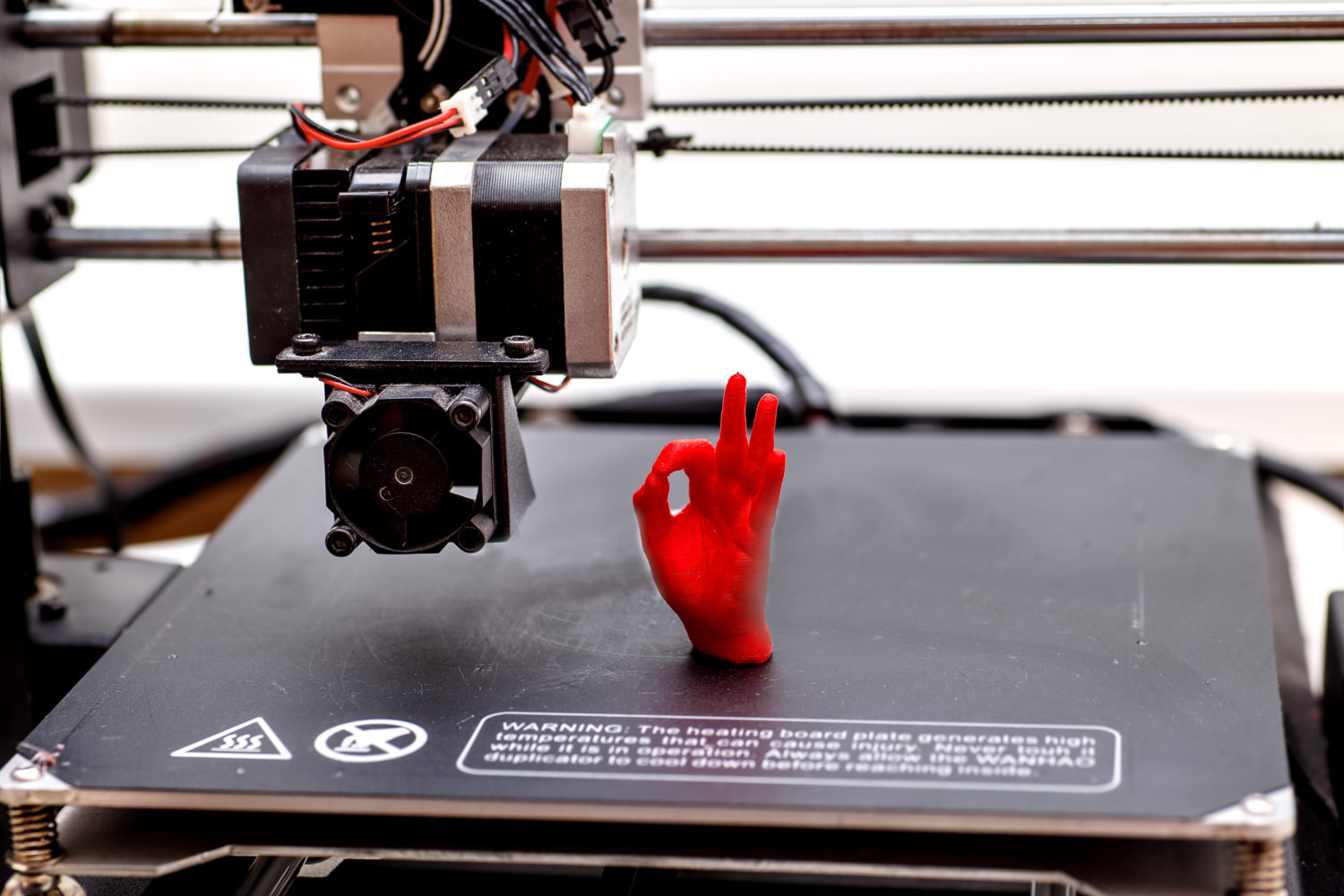The emerging technology of 3D printing stands to greatly enhance a facial pain patient’s medical journey by improving accurate imaging of cranial nerves.
Currently, a patient seeking surgical intervention for cranial nerve pain relies upon his neurosurgeon’s expertise in radiologically identifying nerve compressions. This is the foundation upon which he will base his decision as to whether or not surgery is warranted. This is problematic because there are very few neurosurgeons who are trained and skilled at identifying compressions on MRI scans. (To say nothing of the neurosurgeons who don’t investigate any further than the findings of a radiologist, nearly all of whom are ill-equipped to find nerve compressions that may be causing facial pain.) Cranial nerve compressions are not obvious and, while it can be helpful, even the highly precise and detailed Fiesta MRI can’t produce images that make compressions clear. All of this leads to many facial pain patients being denied surgical treatment for chronic facial pain, effectively stripping the patient of an option that could have been an effective form of pain management.
 “3D-printed neuroanatomical models can be particularly helpful to neurosurgeons by providing a representation of some of the most complicated structures in the human body. The intricate sometimes obscured relationships between cranial nerves, vessels, cerebral structures, and skull architecture can be difficult to interpret based solely on radiographic 2D images. Even a small error in navigating this complex anatomy can have potentially devastating consequences. A realistic 3D model reflecting the relationship between a lesion and normal brain structures can be helpful in determining the safest surgical corridor and can also be useful for the neurosurgeon to rehearse challenging cases.”1
“3D-printed neuroanatomical models can be particularly helpful to neurosurgeons by providing a representation of some of the most complicated structures in the human body. The intricate sometimes obscured relationships between cranial nerves, vessels, cerebral structures, and skull architecture can be difficult to interpret based solely on radiographic 2D images. Even a small error in navigating this complex anatomy can have potentially devastating consequences. A realistic 3D model reflecting the relationship between a lesion and normal brain structures can be helpful in determining the safest surgical corridor and can also be useful for the neurosurgeon to rehearse challenging cases.”1
1. Ventola CL. Medical Applications for 3D Printing: Current and Projected Uses. P T. 2014 Oct;39(10):704-11.↩
2. 3D Print Exchange. National Institutes of Health; Available at: http://3dprint.nih.gov. ↩

